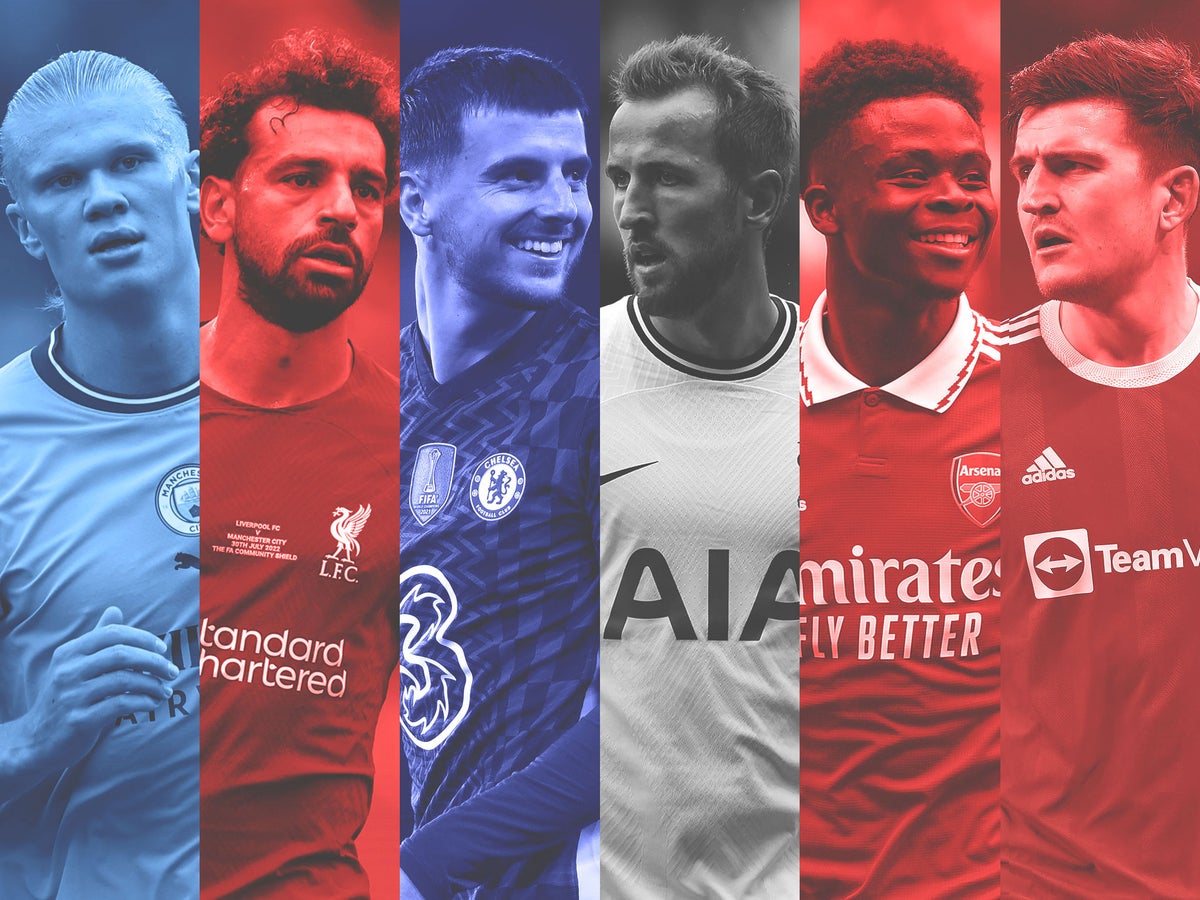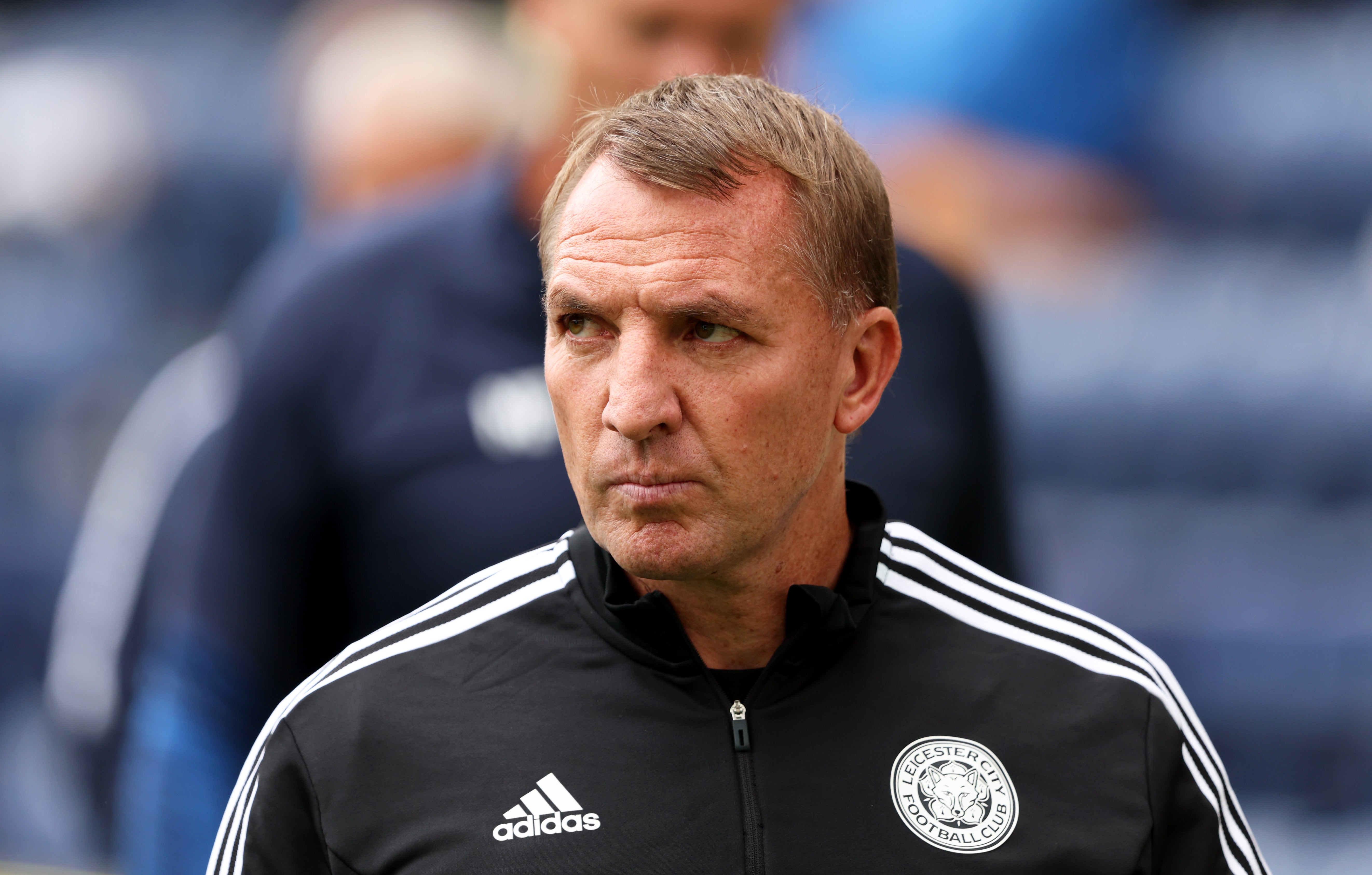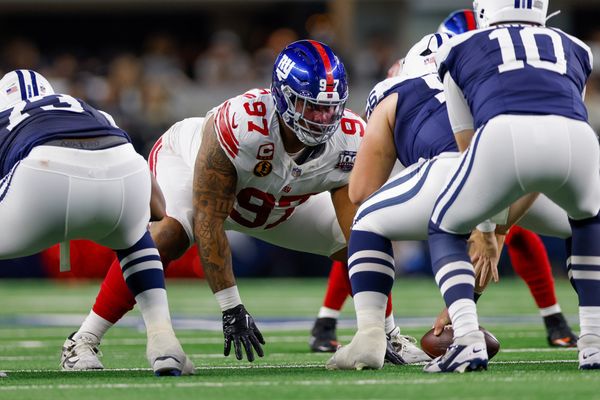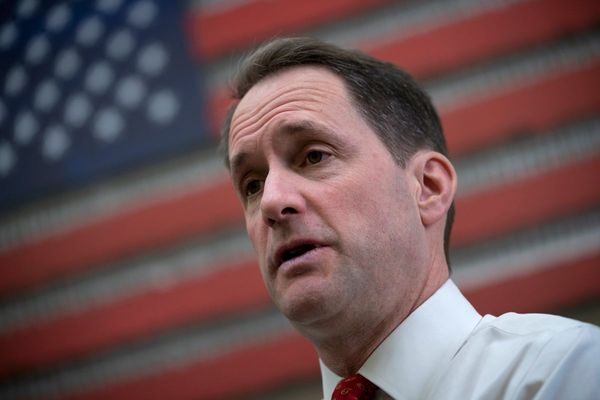
Selhurst Park. The final day of the 2021-22 season. Bruno Fernandes spins on his heels and inexplicably volleys a throw-in back in the direction of his own goal. Wilfried Zaha bursts towards the ball, using his upper body strength to hold off Diogo Dalot, then dribbles inside and sends a low drive towards the bottom left-hand corner. It is the only goal of Manchester United’s twelfth defeat of the season. Their goal difference is now a good, round zero. Their points total is their lowest during the Premier League era. Ask anyone and it is their worst season since relegation in 1973-74. Their final position, though, is sixth.
This time last year on the eve of a new top-flight campaign, there was a theory that the era of a Premier League’s big six was coming to an end, if it had not ended already. The big six were certainly no longer synonymous with the top six, at least. Arsenal’s back to back eighth-place finishes had broken three years of big six dominance between 2017 and 2020. Tottenham Hotspur had also dropped into seventh in 2020-21 too, as Leicester City and West Ham gatecrashed the party to finish fifth and sixth respectively and qualify for the Europa League.
But just a year on, the status quo has been restored. The top of last season’s Premier League table had an all too familiar and all too predictable look to it. Despite Tottenham and Arsenal picking up where they left off and starting the campaign slowly, despite talk of a growing middle class ready to challenge the old order, and despite arguably the biggest and certainly the most successful club of the Premier League era having their worst season for a generation, the big six was the top six once again. Reports of their death had been greatly exaggerated.
The reality is that the big six never really went away. Last summer, the six’s average net spend on transfer fees was £50.9m, more than twice that of the other 14 clubs. That gap has narrowed so far this summer but the six have still spent an average £41.2m compared to £23.6m among the rest. Wages have traditionally had a closer correlation to league position, in any case. It should be no surprise then that according to the most recent set of accounts, the top flight’s six highest wage bills were at the big six clubs, even if Tottenham’s £205m annual bill was only £13m higher than Leicester’s.
As arguably the club that has come closest to breaking the monopoly, Leicester provide an interesting point of comparison. After back to back top five finishes, ending last season in eighth-place was a step backwards but understandable within the context of a long Europa League campaign and a defensive injury crisis. After a summer without a major men’s international tournament and without the distraction of Europe, this would ideally be a time to reassert themselves and kick on. Instead, they are the only Premier League club yet to make a summer signing.
Financial constraints are not the sole reason for Leicester’s inactivity in the market but have played their part. A new, state of the art £100m training ground at Seagrave has had to be paid for and unlike in the past, there has been no major outgoing to finance incomings. That could yet change with top-flight interest in James Maddison and Wesley Fofana but it would again be an example of Leicester having to weaken themselves in the short run to become stronger in the long term: something that those consistently above them in the table rarely have to worry about.

If either of Leicester’s consecutive fifth-place finishes had instead come one rung up the table, perhaps this summer would have gone differently. Their situation is a good example of how, when it comes to breaking the Premier League’s glass ceiling, position counts for more than your points total. Had West Ham held onto a 1-0 lead against Brighton and Hove Albion on the final day, they would have finished sixth, relegated United into seventh-place and gently punctured the entire premise of this article. They were still only two points off United, who ended up closer to 12th-place Palace than fifth-place Arsenal.
Position is what counts when it comes to prize money and European qualification, however, and ironically, West Ham perhaps finished too high to mount a serious tilt at the top six this year. Seventh-place secured a place in the Conference League play-off round. David Moyes clearly prioritised Europe as last season progressed and may do so again, despite that being to the detriment of their league form. West Ham won just two and lost five of their games once the knockout stages commenced. Familiar concerns over whether they have the depth to fight on two fronts have now tempered pre-season expectations.
The most obvious threat to the big six hegemony is Newcastle United, a supposed super club in waiting after the Saudi-led takeover. The pace of change at St James’s Park has been steady rather than super-charged and this summer’s spending has been far more restrained than many expected due to concerns about complying with financial fair play regulations. Saudi-backed sponsorship deals have not been forthcoming either. It is not as straightforward for the Premier League’s new money to move fast and break things in the manner of Chelsea and Manchester City once upon a time.
Perhaps rather than one of the other 14 breaking in, it is more likely for one of the six to drop out. There has always been a fundamental tension in that they are six Champions League clubs who do not go into four Champions League places. The status quo was just about sustainable when they took turns at failing to qualify for Europe’s elite club competition, as seemed to happen for a time in the middle of the last decade, but that trend has slowed in recent years to split the six of them down the middle.
This will be City’s twelfth consecutive year competing in the Champions League. Liverpool have the next longest streak with six back to back qualifications and Chelsea will take part for the fourth year running. It has largely fallen on the other three to fight over the last spot and for the losers to do their time in the Europa League. Tottenham are back at the big table this term but Manchester United are in the Europa League’s group stages for the third time in seven seasons, while Arsenal are spending their fifth straight year at a secondary level of European competition.
The fear of being cut off from Champions League revenues was part of the animus behind the European Super League – a project that ended in abject failure for the six but solidified their existence as a bloc with at least some common interests. It was also behind the proposed changes to the Champions League which would have seen two extra places awarded to the non-qualifiers with the highest coefficient. Initially set to come into force from 2024-25, that change was scrapped in May with Uefa citing “commitment to the principles of open competition”. That sense of “open competition” still just about exists in European football but it is in the crosshairs.
Meanwhile, 30 years on from its inception, a huge part of the Premier League’s enduring appeal is the often-quoted claim that any team can beat any other on any given day. Even if that really should be the minimum standard within any league, it is true. Just look at the final day of last season and how Palace, who were tipped to be relegated this time last year, beat United, tipped to mount a title challenge. The past three decades of top-flight English football have often reminded us that over 90 minutes, anything is possible. But over 38 games, the money, power and resources of the big six still take some beating.







